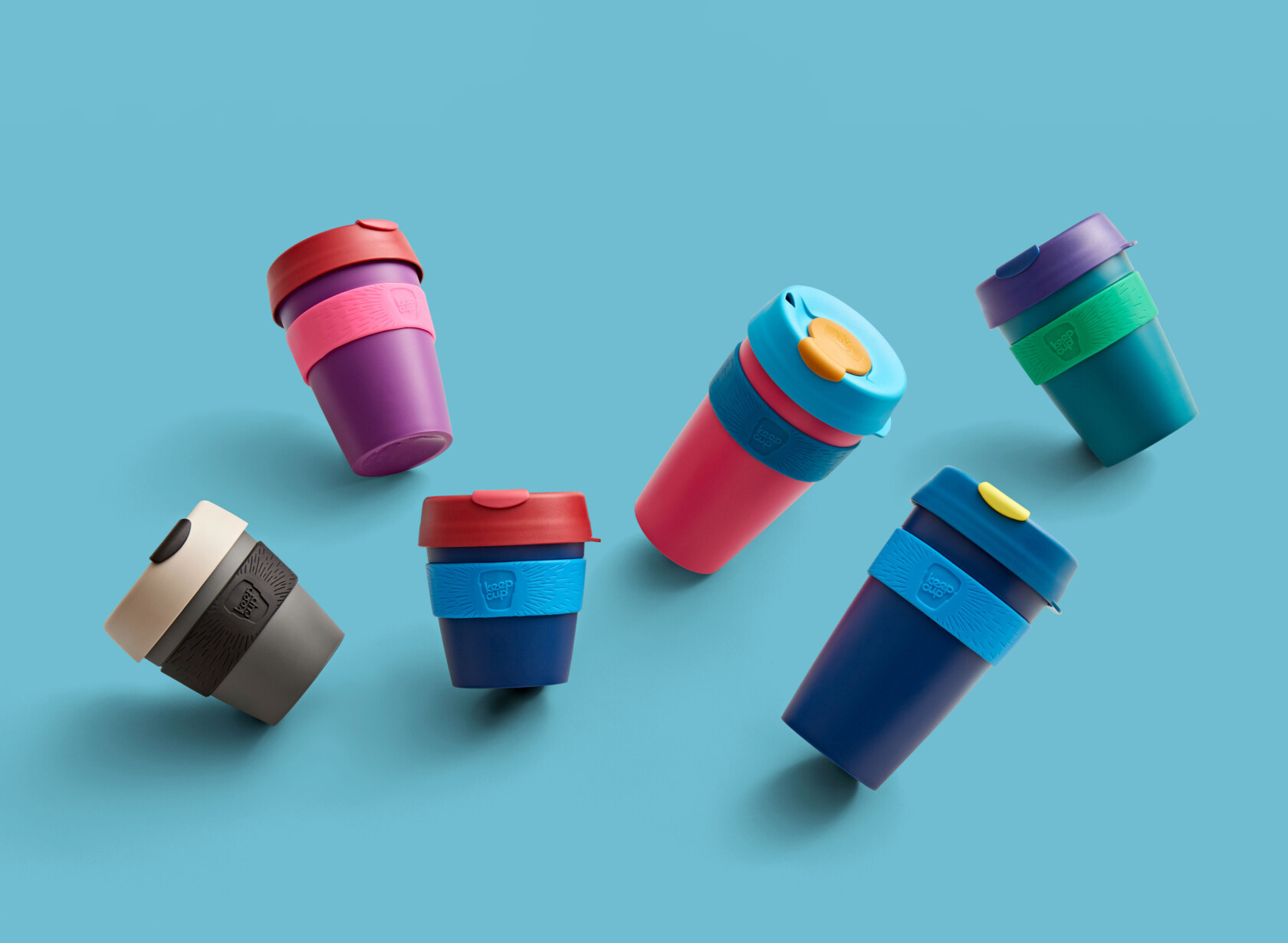A revolution in coffee consumption
In 2007, Abigail Forsyth approached Cobalt to develop a then prescient idea; a reusable version of the ubiquitous single-use ‘paper’ coffee cup. The result was KeepCup, an idea that Cobalt helped develop into a successful family of products that have changed people’s behaviours and attitudes on using disposable cups.
Through observational research of coffee drinkers and baristas, Cobalt worked through the opportunities and challenges of a product that didn’t need to be thrown away after a single use. Once the user experience was understood, Cobalt designed and engineered the components to be locally manufactured as well as efficient to transport globally.
Since launch of the first range in 2009, KeepCup has gone on to produce over 5 million cups, sold in over 30 countries. Over that time, KeepCup has grown from a Melbourne based start-up, to now having manufacturing, assembly and distribution sites in several continents. KeepCup has spawned an industry of competitors yet remains the iconic benchmark which has practically become the generic term for a reusable takeout cup. Working together throughout this period, Cobalt and KeepCup have always focussed on keeping the product true to the café culture so intrinsic to Melbourne and similar cities the world over.
KeepCup and their family of products have won multiple awards including the US Good Design Prize (Chicago) and being named one of Australia’s Top 20 Inventions (Fairfax Media 2014).



The Team We believe good design happens by expert people working as a team.
Steve Martinuzzo

Lorrin Windahl

Brett Capron

Rob Cuzner

Marcus Krigsman

Ricardo Figari

Daniel Booker

Andrew Beard

Carla Zampaglione


Keeping it deceptively simple, yet deliberately focussed
Now, years after KeepCup first launched, the idea of taking your own reusable cup to a café has become the norm. But it wasn’t the case when we first started working on the idea. Bulky, stainless steel, thermos style cups existed, but these were as foreign to café culture as driving a Hummer to a Greens convention. That fact that KeepCup is so widely used now is a testament to the integrated business and design approach taken since the very first brainstorming sketch.
Cobalt’s involvement with KeepCup has grown over this journey. Over the years we have provided a full range of product development services, from strategy, user insights and industrial design exploration, to engineering resolution, prototypes and functional testing, following into manufacturing, supplier sourcing, tool management and production metrology.
To deliver on KeepCup’s sustainability aims, the cup’s design had to deliver a user experience better than a single-use paper cup, yet not be any less intuitive to use. To do this it had to be so coffee-friendly and personal that people would prefer using it beyond the 15-uses needed to become environmentally superior to disposable cups.

Merging experience with user insights
Early user research gave us core insights that drove the design DNA that continues to influence our approach for KeepCup development. One of these was the importance for users to feel the cup was theirs and want to reuse it. This spawned the idea of creating colour customisable elements which allow users to ‘design’ their own unique cup; and acting as extension of their own self-expression. Users’ emotional quotient with their cup and the brand’s greater purpose is a key to breaking the cycle of disposable cup use and creating new reuse behaviours. As well, the customisation element has also been critical in helping baristas and cup owners match their cup with their lid when in busy cafés.
Another insight was some people’s preference to drink from the rim and not through the sipping hole. So rather than mechanical details or a thread to fasten the lid, KeepCups have a simple lip-friendly rim, just like a regular china espresso or tea cup.
Projects like KeepCup don’t come along often. So, when they do, our designers and engineers revel in the chance to design a product that enables real change to occur. Through KeepCup, and its competitors that followed, millions fewer single-use coffee cups are disposed of annually, which is a commendable outcome.

Other Work
KeepCup Thermal
Double-walled stainless steel reusable cup.
Blue Monkey Template Level
An innovative template for easier mark-up of power outlets and light switches.












